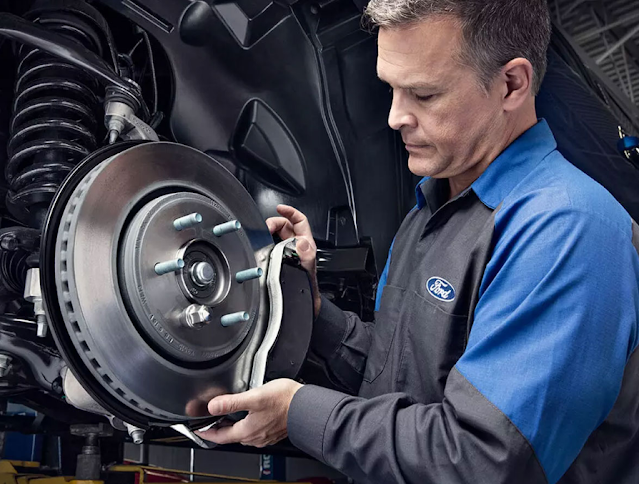Elevating Service | The Role and Evolution of Hospitality Uniforms
In the dynamic world of hospitality, uniforms serve as more than just clothing—they are a reflection of brand identity, professionalism, and the guest experience. From luxury hotels in bustling cities to quaint bed-and-breakfasts in scenic locales, hospitality uniforms play a crucial role in shaping the ambiance and service standards of establishments worldwide. This article explores the significance of hospitality uniforms, their evolution over time, and their impact on guest satisfaction and operational efficiency.
Purpose and Design
Hospitality Uniforms are meticulously designed to fulfill several key purposes tailored to the specific needs of hospitality environments:
Brand Representation: Uniforms embody the brand identity and values of the establishment, conveying professionalism and consistency in service delivery.
Functionality: Uniforms are crafted for comfort, mobility, and durability to accommodate the diverse roles and tasks performed by hospitality staff, from front-of-house to back-of-house operations.
Guest Experience: Uniforms contribute to the overall guest experience by creating a welcoming and cohesive visual aesthetic that aligns with the ambiance and service standards of the establishment.
Types of Hospitality Uniforms
Hospitality uniforms encompass a wide range of styles and garments tailored to different roles and functions within hospitality settings:
Front-of-House Uniforms: These uniforms are worn by guest-facing staff such as receptionists, concierges, and waitstaff. They often include tailored suits, dresses, blazers, or shirts paired with trousers or skirts, reflecting the establishment's level of formality and service sophistication.
Housekeeping Uniforms: Housekeeping staff wear uniforms designed for comfort and practicality, typically consisting of tunics, shirts, or dresses paired with trousers or aprons. These uniforms prioritize ease of movement and functionality to facilitate efficient room cleaning and guest service.
Kitchen and Culinary Uniforms: Kitchen staff wear specialized attire such as chef coats, aprons, and trousers designed for safety, hygiene, and comfort in culinary environments. These uniforms may include features such as heat-resistant materials, moisture-wicking fabrics, and reinforced stitching to withstand the demands of kitchen work.
Spa and Wellness Uniforms: Spa therapists and wellness professionals wear uniforms that emphasize comfort, professionalism, and hygiene. These uniforms may include spa tunics, robes, or specialized attire designed to enhance the relaxation and therapeutic experience for spa guests.
Functionality and Features
Hospitality uniforms are equipped with functional features that enhance their suitability for diverse hospitality roles:
Fabric Selection: Fabrics chosen for hospitality uniforms prioritize comfort, breathability, and ease of maintenance. Common materials include cotton blends, polyester, or performance fabrics with moisture-wicking and stain-resistant properties.
Design Elements: Uniforms may incorporate design elements such as adjustable closures, stretch panels, and practical pockets for storing essential tools or personal items.
Color and Aesthetics: The color palette of hospitality uniforms varies based on the establishment's branding and ambiance. Colors may range from classic neutrals to vibrant hues that evoke the atmosphere and style of the venue.
Evolution and Trends
The evolution of hospitality uniforms reflects broader trends in fashion, technology, and guest expectations:
Modern Designs: Contemporary hospitality uniforms embrace modern designs that blend style with functionality, incorporating elements of fashion-forward aesthetics and eco-friendly materials.
Customization: Many establishments opt for customized uniforms that feature unique details, embroidery, or branding elements to distinguish their identity and enhance staff pride and professionalism.
Sustainability: There is a growing trend towards sustainable uniforms made from organic, recycled, or eco-friendly materials, aligning with hospitality industry efforts to reduce environmental impact and promote responsible sourcing practices.
Guest Perception and Experience
Hospitality Uniforms Melbourne significantly impact guest perception and overall experience by:
Creating a Positive Impression: Uniforms create a positive first impression among guests, signaling professionalism, competence, and attention to detail in service delivery.
Enhancing Service Efficiency: Uniforms facilitate clear identification of staff roles, promoting efficient communication and responsiveness to guest needs throughout their stay.
Instilling Confidence: Guests perceive uniformed staff as knowledgeable and reliable, enhancing their confidence in the establishment's ability to deliver exceptional service and hospitality.
Conclusion
Hospitality uniforms are integral to the success of establishments across the hospitality industry, embodying professionalism, brand identity, and guest-centric service. From their role in creating a cohesive visual identity to their impact on guest satisfaction and operational efficiency, hospitality uniforms play a pivotal role in shaping the overall guest experience. As hospitality continues to evolve and innovate, uniforms will remain essential in reflecting the values, standards, and unique personality of each establishment, ensuring memorable stays and fostering lasting connections with guests worldwide.




Comments
Post a Comment